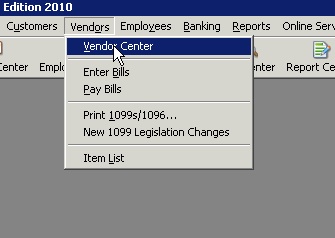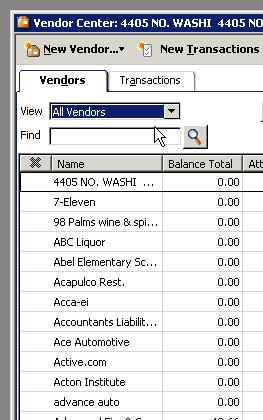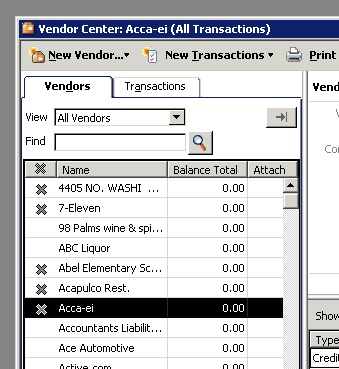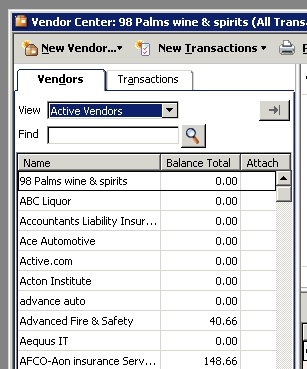It is a week into the new year, and perhaps you are still feeling good about your New Year's resolutions. But have you made any resolutions for your business? I would like to suggest just one. This one resolution could be the stepping stone to much greater success down the road. We know that nothing happens overnight; we know that slow regular progress is the key to lasting success. So I would like to suggest one resolution you can make this year that, if continued, will build on itself in successive years and literally change the way you do business.
The change I propose is a simple one, but that does not mean that it is easy. What I would like you to commit to it over the next year is working a plan. I am not advocating that you build a fully fledged strategic business plan from scratch. Nor am I advocating an intensive SWOT analysis, or reams of new initiatives and ideas. I want to keep it simple. I want you to commit to run your business according to a plan over the next 12 months.
Working the plan means that you are being intentional about where you spend your time and energy and money. It is the only way to consistently move in a single direction over the course of weeks, months, and ultimately a year. It requires a measure of discipline, but not as much as you might think. What you really need is a system and a routine to follow. I'm going to give you my prescription for working a plan if you have never had one before.
Stephen Covey in his book The Seven Habits of Highly Effective People advocates beginning with the end in mind. That is exactly where I would like you to start your plan. Think about three areas in your business where you would like to see improvements over the next year. Examples might be higher sales, lower employee turnover, higher customer satisfaction, lower inventory levels, higher average sales price, lower debt, better profitability, etc. I am sure that you can come up with more than three, and that is a good exercise to go through. But when you are done go back to your list and prioritize it. Which is the most important improvement you can make? Which is the second most important, and the third most important? The secret to developing a really good plan is intense focus. You must limit yourself to only three areas for the year.
Now that you have identified three areas for improvement I want you to identify what success looks like in each area. If higher sales is an area of focus how much higher do sales need to be for you to consider yourself successful? If you want a higher average sales price, what do you want the price to be? You must get really specific, and this is where most people stop doing the work. Don't wimp out on this part of the activity. It is the hardest, but it is also the most important.
So now you have three areas of focus, and a definition of success for each area. Think about how much progress you can make toward that success over the next 90 days. You might just divide the difference between where you are now and where you want to be into four quarters and attack it that way. But your progress is rarely linear. You will usually make a lot of progress in the beginning and things will level off toward the end, or progress will be slow initially and then accelerate rapidly toward the end. It just depends on the type of change are trying to make. How do you imagine things progressing and where could things be 90 days from now? Write down what success looks like for each area of focus 90 days from now.
For each area of focus there is going to be a laundry list of possible projects and tasks that will move you toward your goal. If this is the first time you have ever tackled this kind of business planning, you would be wise to limit your focus over the next 90 days to only two projects in each area. This does not sound like a lot, but two projects over three areas of focus equals six projects over 13 weeks. If each project has four or five tasks that means you are adding 30 things to your to-do list for the next quarter. You don't need to do any more than that.
Now it's time to get to work. The key to making significant progress in your business over the next year comes down to carrying out your to-do list on a weekly basis. I have developed a simple spreadsheet that I have used over and over again to help business owners stay focused on their quarterly projects and one year goals. I suggest that you print it out, fill it in, and keep it on your desk where you can see it every day. If your plan is staring you in the face when you arrive in the morning, and it's one of the last things you see when you turn off the lights at night you are much for likely to focus on your priorities and goals when scheduling your time.
There are couple things you should remember as you start this process. First, it is unlikely that you will maintain steady progress throughout the year. There will be times when you fall off the tracks, and lose focus on your plan for days or weeks. Accept this, know that it will happen, and prepare yourself for the day when you will have to get back on track. It can be incredibly discouraging to fall behind on your plan. That's one of the reasons I only advocate three areas of focus and two projects per quarter. Even if you get distracted after six or seven weeks the worst-case scenario is that you will lose little more than a month's worth of progress. With each quarter comes a chance to push the reset button and start over. If you successfully complete all your projects for the quarter and your areas of focus show significant progress toward your year-end goals you can begin the next quarter with a whole new set of 90 day goals and corresponding projects. But if some things remain undone do not feel bad about continuing to work on those things for more than one quarter. If your annual goals were important enough to list in the first place, they are important enough to focus on until you see progress.
Second, your success rate is directly proportional to the level of outside accountability in your life. If no one knows about your plan it will be very easy to just stick it in a drawer if you fall behind. Private failure is something most of us have become very accustomed to. But public failure is a different prospect entirely. I encourage you to tell people about your plan. But be careful. If you have a team your first inclination may be to share it with key employees. If this is the first time you have engaged in a planning exercise you may want to reconsider laying all of this out to your employees. I think it is better for first timers to share their plan with fellow business owners, outside coaches, or other business advisors before they get involved in leading a team through the strategic planning and execution process.
The reason for this is trust. A leader who develops a plan, follows that plan for a few weeks or months, then abandons the plan because things have gone off the tracks may seriously damage the trust relationship with key employees. Successive efforts to introduce business planning will be met with skepticism and halfhearted efforts. That is why I think it's better to seek accountability from outside your team. It is highly likely that at some point during your first year of planning you will fall of the tracks. It is better to have your personal accountability group rake you over the coals and get you back on track than it is to have your employees discouraged and disenchanted with the whole idea of strategic planning and execution.
There is nothing worse than looking back over the last year and realizing things have not changed. I hope to help you avoid that depressing feeling. Putting together a simple, achievable plan is the first step. Aim low. Don't get too ambitious. Get an early win in the books, and build on that success once you know what it feels like. Working a plan this next year could be the start of a whole new chapter in your business life.
 Tuesday, February 21, 2012 at 11:33AM
Tuesday, February 21, 2012 at 11:33AM 
 In the view drop down box select "All Vendors"
In the view drop down box select "All Vendors" In the far left column of the list you will be able to place an "x" by clicking next to each vendor name you wish to make inactive.
In the far left column of the list you will be able to place an "x" by clicking next to each vendor name you wish to make inactive. When you are finished you can switch the view back to "Active Vendors" and the ones you made inactive will be out of your way.
When you are finished you can switch the view back to "Active Vendors" and the ones you made inactive will be out of your way.